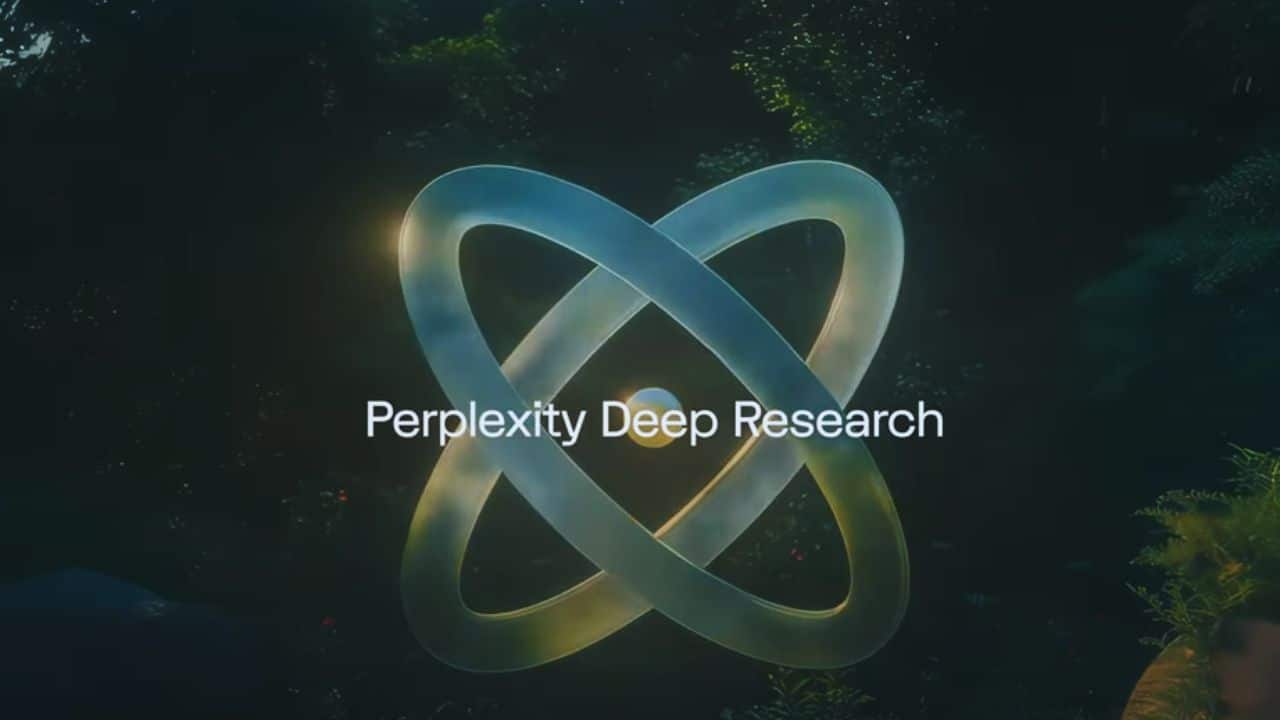Perplexity AI has officially entered the race to provide in-depth AI-powered research tools with the launch of its new ‘Deep Research’ feature.
Announced on Friday, this new addition positions Perplexity alongside Google and OpenAI, both of which have recently introduced similar research tools under the same name.
What is Perplexity’s Deep Research?
Deep Research is designed to generate comprehensive answers with real citations, making it more suitable for professional and expert-level tasks. In a blog post announcing the feature, Perplexity described it as excelling in tasks related to finance, marketing, and product research. Unlike consumer chatbots that provide brief and general responses, Deep Research aims to deliver detailed, reliable insights.
The feature is currently available on the web, with plans to roll it out soon for Mac, iOS, and Android apps. Users can access it by selecting “Deep Research” from a drop-down menu when entering a query. The tool then generates a structured report that can be exported as a PDF or shared as a Perplexity Page.
How Perplexity’s Deep Research Works?
According to Perplexity, Deep Research follows an iterative process, searching, analyzing, and refining its research plan as it gathers more information—similar to how a human would approach complex topics. This method ensures accuracy and relevance, making it useful for professionals in various fields.
Perplexity also showcased its performance on Humanity’s Last Exam, a benchmarking test designed to evaluate AI models on expert-level academic questions. The Deep Research tool scored 21.1%, outperforming models like Google’s Gemini Thinking (6.2%), xAI’s Grok-2 (3.8%), and OpenAI’s GPT-4o (3.3%). However, it fell short of OpenAI’s Deep Research, which scored 26.6%.
Freemium Model vs. Competitors
One of the biggest advantages of Perplexity’s Deep Research is its accessibility. While OpenAI requires a $200-per-month Pro subscription to access its Deep Research feature, Perplexity offers a freemium model. Non-subscribers can use the tool for free with a limited number of queries per day, while paying subscribers enjoy unlimited access.
Speed is another area where Perplexity excels. Reports indicate that its Deep Research tool completes most tasks in under three minutes, whereas OpenAI’s version can take anywhere between 5 to 30 minutes.
Comparing AI Research Tools
As AI-driven research tools continue to evolve, each company is carving out its niche. Perplexity summarized the key differences between major Deep Research products as follows:
- Perplexity AI: Fast and easily accessible for casual researchers.
- OpenAI: More in-depth analysis tailored for enterprise applications.
- Google: Seamless integration with existing productivity ecosystems.
While these tools offer significant advantages in automating research, some concerns remain. The Economist recently highlighted potential drawbacks of AI-driven research assistants, including their reliance on readily available sources and limitations in creativity when interpreting data. Additionally, there is a risk that depending entirely on AI for research might reduce opportunities for human-driven insights and discoveries.
The Future of AI-Powered Research
Perplexity’s entry into the deep research space adds more competition to an already fast-moving industry. As AI-powered tools continue to improve, professionals and researchers will need to weigh factors like speed, depth, accessibility, and accuracy when choosing the best tool for their needs. With a freemium model and fast performance, Perplexity’s Deep Research could attract users looking for a balance between quality and affordability.
As more companies refine their AI research capabilities, the question remains: How will these tools reshape professional and academic research in the years to come?
The Information is Collected from Engadget and Livemint.










































